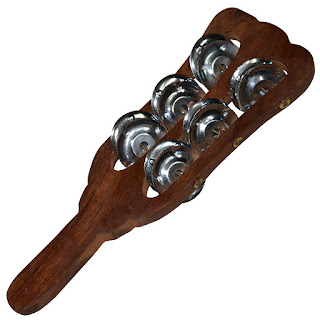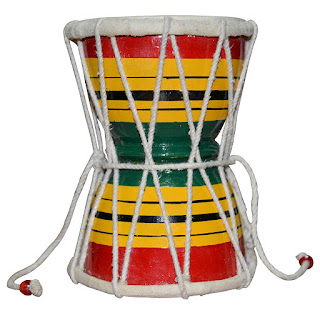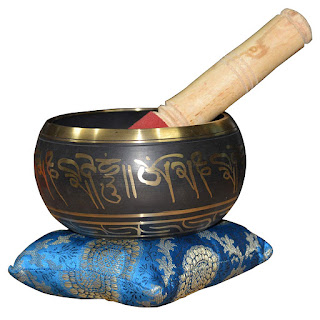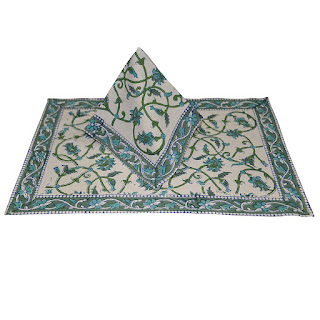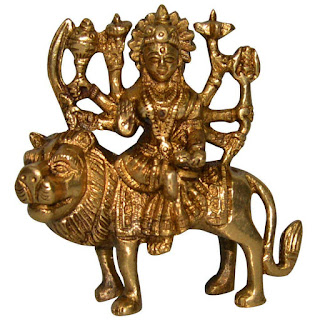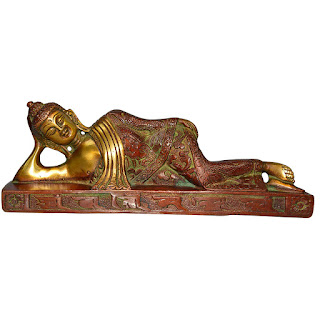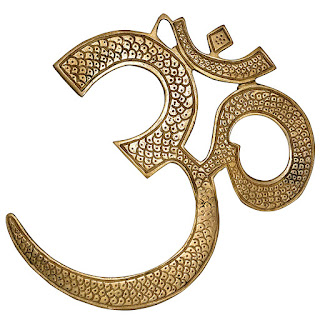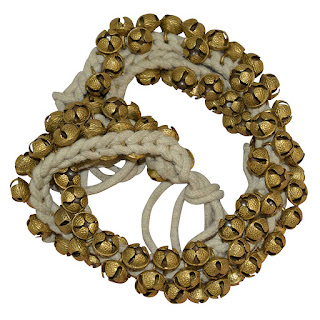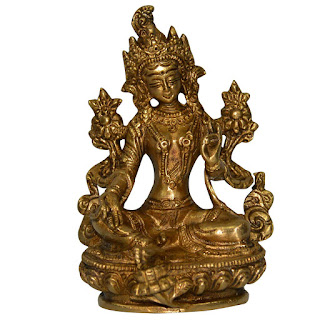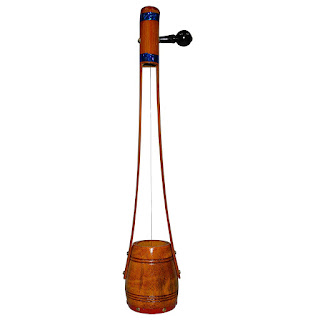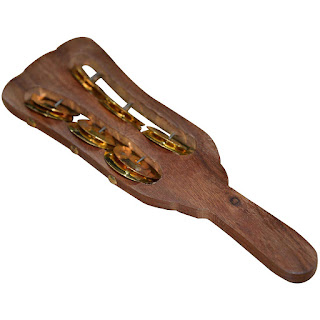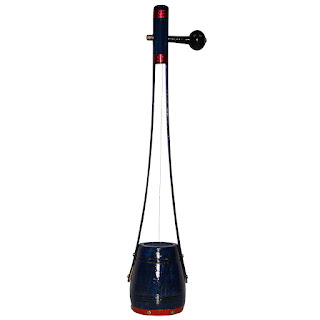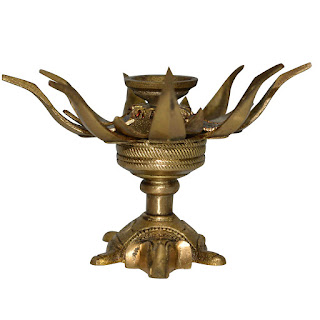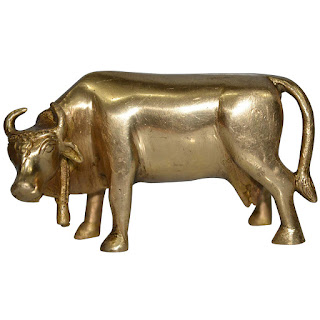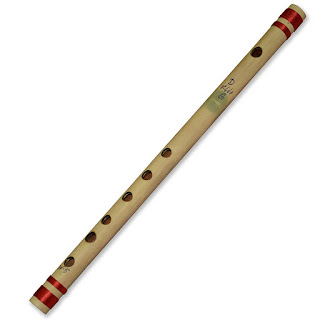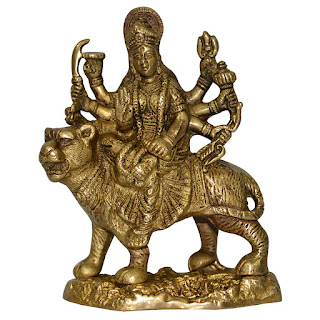The tonic of the bansuri is the note sounded when 3 finger
holes are closed, 6 holes closed determines the key. The same flute may
be referred to by either its tonic or key.
Bansuri, Murali, Venu
all are the name of Indian woodwind instrument flute. Indian bamboo
flutes are the one of the oldest musical instruments of India. The Hindu
God Krishna is traditionally considered a master of the Bansuri or
Flute. The bansuri is made from a single hollow shaft of bamboo with six
or seven finger holes. The Indian flutes are very simple compared to
the western counterparts, they are made of bamboo and are keyless. And
flute is a reedless wind instrument that produces its sound from the
flow of air across of opening. The fingers of both hands are used to
close and open the holes. It has a blowing hole near one end, and eight
closely placed finger holes.
There are two varieties of bansuri or
flutes: transverse, and fipple. The fipple flute is usually played in
folk music and is held at the lips like a whistle. Because it enables
superior control, variations and embellishments, the transverse variety
is preferred in Indian classical music. The size of a Bansuri affects
its pitch. Longer bansuris with a larger bore have a lower pitch and the
slimmer and shorter ones sound higher. In order to play the diatonic
scale on a bansuri, one needs to find where the notes lie. For example,
in a bansuri where Sa or the tonic is always played by closing the first
three holes, is equivalent to D, one can play sheet music by creating a
finger notation that corresponds to different notes.
Please Note:-
All flutes are in natural bamboo colour, and flutes may have some
visible spots, scratches because they are not polished or coloured.
These flutes are tuned to respective scales regardless the factor
whether they are straight or have any minor bend. Each and every one of
DronaCraft’s flute is built with a keen eye for tuning, tone and
quality.

